
I vaguely remember my first encounter with the fantastique world of French director Jean Rollin (1938-2010) being incomprehensibly trimmed, grainy, bootleg VHS tapes of Zombie Lake (1981) and The Living Dead Girl (1982). Wading green zombies and toxic bloodless vampires were probably not the best way to start following his career path, indeed at the time pseudonyms such as J.A. Laser would not have given any clues that this was actually the work of a bona-fide auteur. Later on in the UK it was all thanks to Nigel Wingrove a connoisseur of all things Eurocult that led to more Rollin films being released on his Redemption Video imprint and later on DVD under the Redemption / Salvation banner that attracted the attention of fans like me.

Things gradually started to make sense as far as the universe he inhabited was concerned and the many tropes within the films spilling over into another. There is a sheer absurdist poeticism to his oeuvre and viewers are led into strange psychedelic world where the Gothic combined with the futuristic as we were taken through creepy castles, graven tombs, huge sprawling mausoleums and onto massive stony French beaches. Anything could happen in this cosmos and it left indelible images on the mind. Women unravelling themselves from within grandfather clocks, pigtailed twin orphaned vampires, scythe wielding femmes fatales, surrealist beatnik hippy bloodsuckers, pirates, circuses and bloody lunatic asylums, fractured minds and fortuitous pesticide enhanced killer wine. It was so easy to fall under the spell and fertile imagination of the director, that like many others I didn’t think twice about upgrading again all available films to the Black House Blu-ray editions and no doubt will go the extra mile on the forthcoming 4K editions of Shiver Of The Vampires (1971) and Two Orphan Vampires (1997) via Powerhouse Films.
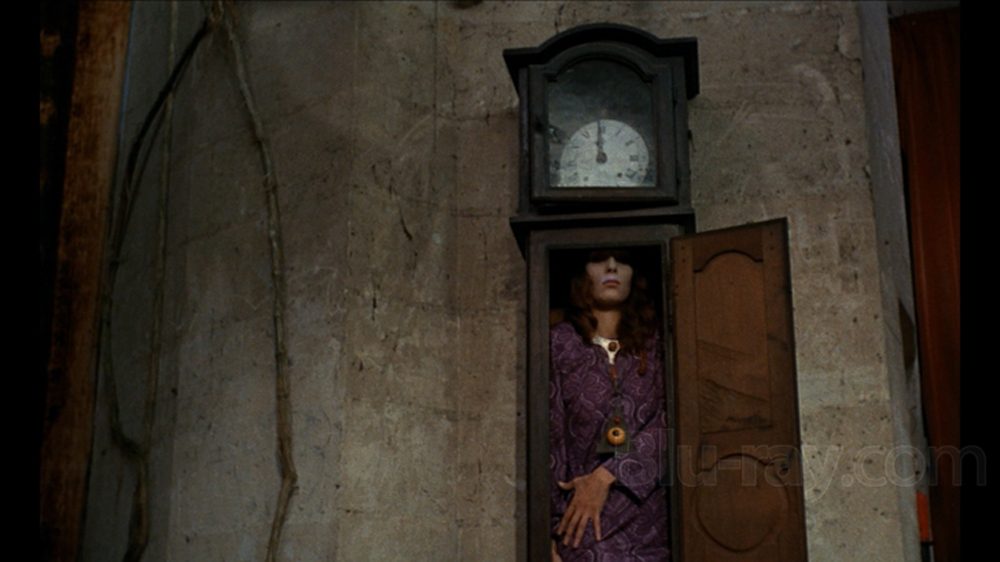
One thing that has been seriously missing from all the currently released formats is anything by the way of extras. They have all just been bare bones editions of the films. I knew about many of the concurrent stars of these films through personal research as well as the fact that Rollin was also a keen novelist and had constructed his own world outside the films via this medium. I was also intrigued about those films he made under other names of a more adult, hardcore orientation, having never found them available for viewing and wondered if they had similarities in style or were workmanlike jobs taken to fund his own personal visions?
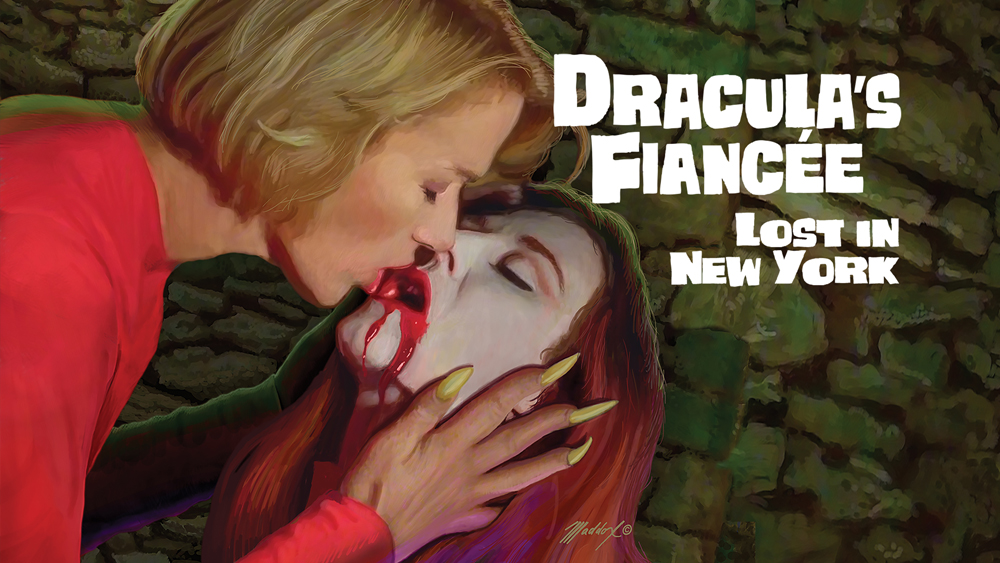
Well, there’s certainly a story to be told and this is where documentary ‘Orchestrator of Storms: The Fantastique World of Jean Rollin’ fits in hopefully. I can’t say the name Dima Ballin is familiar with me but Kat Ellinger is through extras and writing within genre titles so it’s time to settle down with them as co-directors and many others involved in the life and times of Jean Michel Rollin Roth Le Gentil and see what tumbles out…
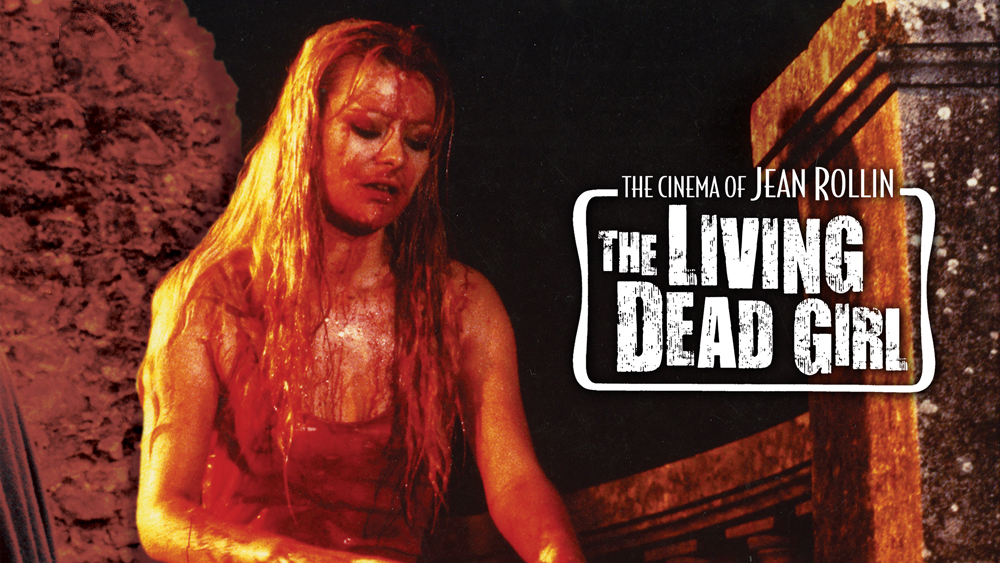
Rollin is put into context as a struggling artist only really recognised in recent years before we swing back into his unorthodox upbringing. His father moved in theatrical circles and although he had ties to him, he was brought up by his mother Denise (née Leffroi) who herself was heavily involved with those in intellectual bohemianism and those into the surrealist and Dadaist movement. She was in a relationship with renowned philosopher Georges Bataille and he and other poets and artists obviously fuelled Jean’s youthful imagination. From transgressive elements to a love of film, cinema series and literature it is hardly surprising he felt the industry as his calling card and worked his way through many different aspects learning his trade as he went. After a stint in the army as editor in the cinema he gradually moved into making short films, the beach at Dieppe being an early magnet as location and onto his first feature Le viol du vampire in 1968. I am glad we are told the genesis of the film and the fact it was actually two shorter films moulded into one feature, as that makes a lot of sense to those who have seen it. Unfortunately, screenings in France during a time of protest and civil unrest saw that audiences could not understand it in light of even the new wave of French cinema and its esoteric approach actually caused riots. Rollin quickly found his leftfield direction meant he was never likely to be understood or accepted by his peers but this is no bad thing as it gave him complete autonomy as far as the way forward was concerned. Taboos and rules were there to be broken.
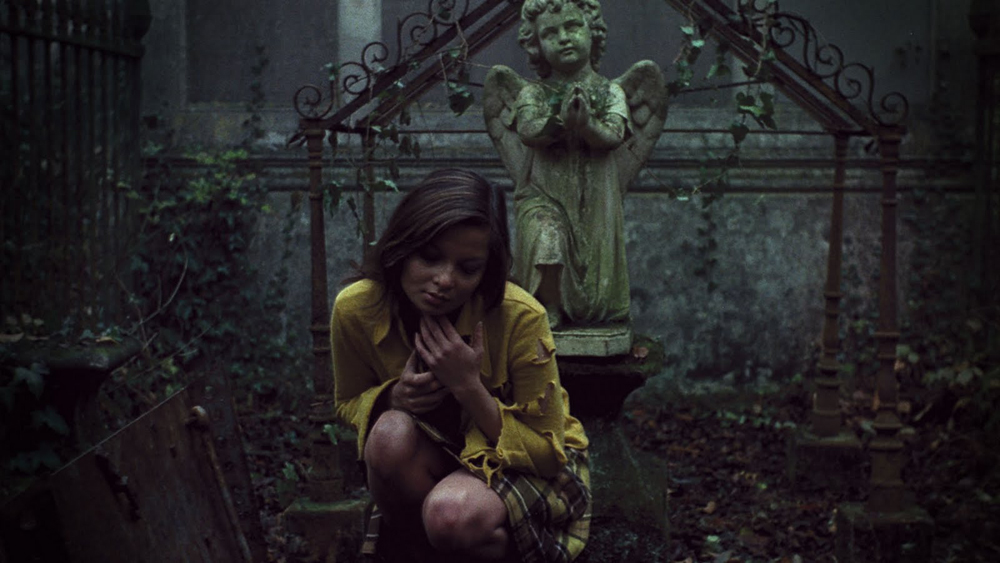
We move on to go through many of his films and development of style. The documentary is great at filling in many details and although you should watch them yourself and in order if you get the chance, if you are new to them, it will at least prepare you for their non-conformist and unique visual flair. It’s widely accepted that by Requiem For A Vampire (1971) he had certainly found his voice it is also we are told by Nigel Wingrove that years later this was the first introduced release he brought to the British public’s attention. Actors such as Francoise Pascal are on hand discussing their parts and if you have not been exposed to the gothic, graveyard poetry of The Iron Rose (1973) watching this will assuredly give you the desire to seek it out.
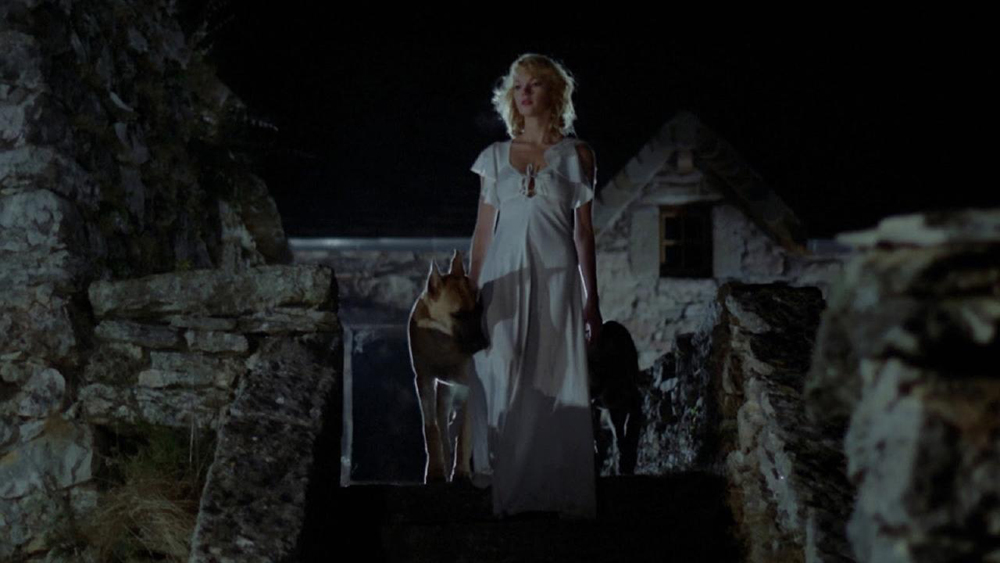
It is explained why and how he ended up making hardcore films. Basically, it was an easy trap to fall into with the relaxation of laws in France and pornography becoming legal. Star of these and Rollin muse Brigitte Lahaie talks a little about these and her part in what she regards as the “sex positive feminism” of them as well as her emergence into more commercial films of the director such as the fantastic Grapes Of Death (1978) and Fascination (1979). Wingrove states on buying up Rollin films for release he seemed unwilling to include any of these films and have no fondness for them. Not that they would have got through the BBFC anyway but at least possibly export versions would have existed.
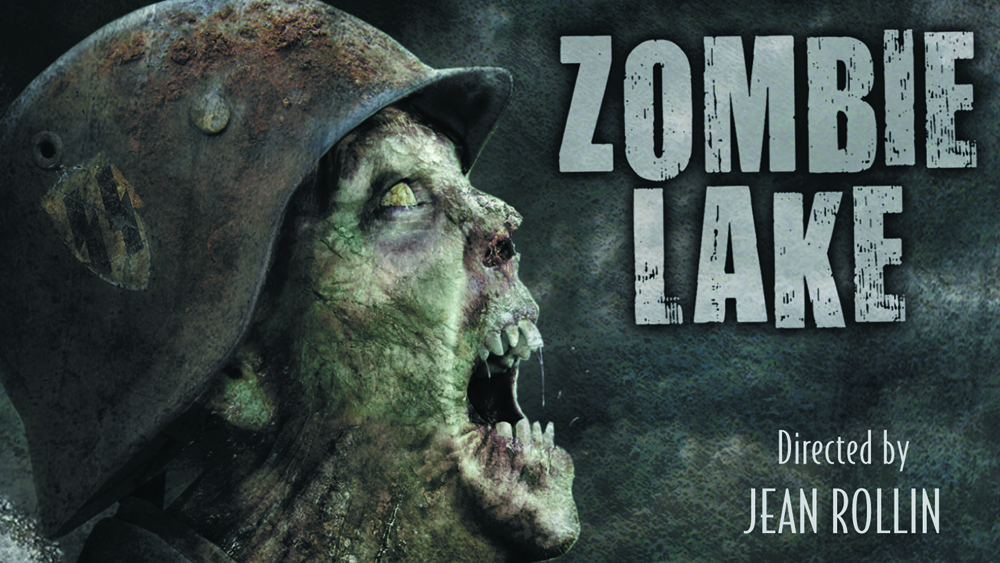
Rollin hit a low point in the early 80’s rescuing Zombie Lake after it had been abandoned by Jess Franco and even if it does have some dreamlike qualities as I said, it’s not a good starting point. However, films such as The Escapees proved intriguing before he returned to vampiric delights with the acclaimed eroticism of bloodshed that is The Living Dead Girl (1982). But he was caught between sides with those looking at gory excesses due to the emerging more violent slasher films from the USA and those wanting more in the way of artistry. With even the Italian cinema in decline he straddled a line between cheaper oddities such as USA set set Lost In New York (1989) and Killing Car (1993). By the time he made what many may consider his last great movie Two Orphan Vampires in 1997 a slow path of various illnesses was really beginning to take their toll on his work, if not his spirit and visions which would continue till his death.
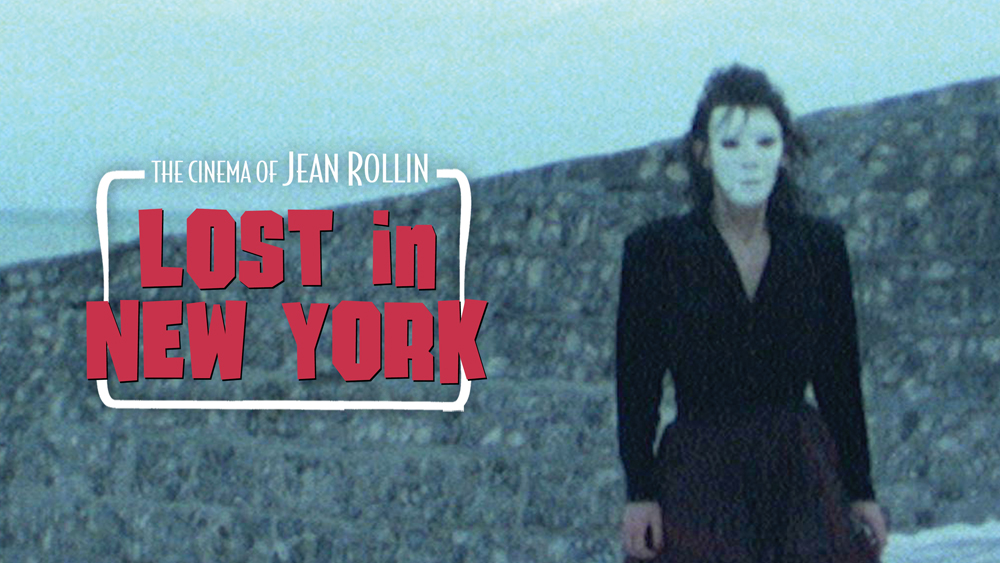
As far as personal details are concerned a wealth of information is provided by Véronique D-Travers aka Véronique Djaouti who according to IMDB worked with him on later films in various aspects of their making as well as being a close collaborator and family friend. She was present when he died of cancer, at his death bed on the 15 December 2010 at the age 72; herself having a minor heart attack afterwards. This is all sadly and poignantly detailed towards the end of the documentary and is somewhat glum viewing. Although Rollin still had ideas unrealised there is a fair bit of information about his final two films ‘La nuit des horloges’ (2007) a somewhat biographical fantasy starring none other than Ovide an undisputed auteur of “sex positive feminism herself” and Le masque de la Méduse (2009). To my knowledge these have never had releases for home viewing and I hope this is something planned for the future.
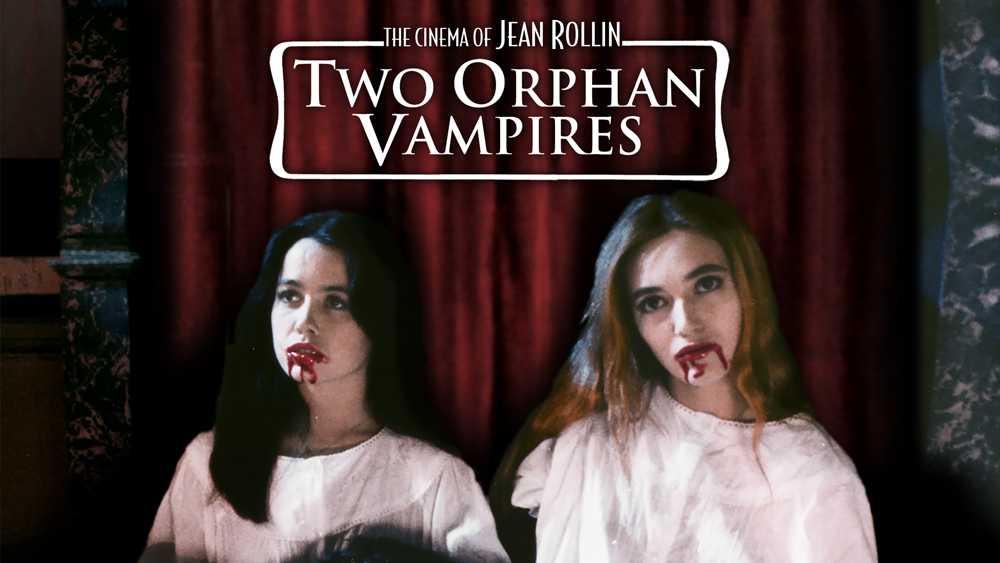
Although very much a long-time fan of Rollin’s works, this documentary was not one that I sat there thinking it was preaching to the converted and I derived a wealth of information from it. The hour and 52 minute run time flew by and if I had not rewatched all the films I own within the last year I would be grabbing them again. I did however realise I have a couple of available gaps to fill and will be doing that straight away. I never have picked up Schoolgirl Hitchikers but that’s probably due to the fact I don’t drive! For that reason I cannot recommend it highly enough and visually can’t help thinking Rollin would have totally approved at the wealth of clips, interviews, stills and other paraphernalia of his life and times on display here.
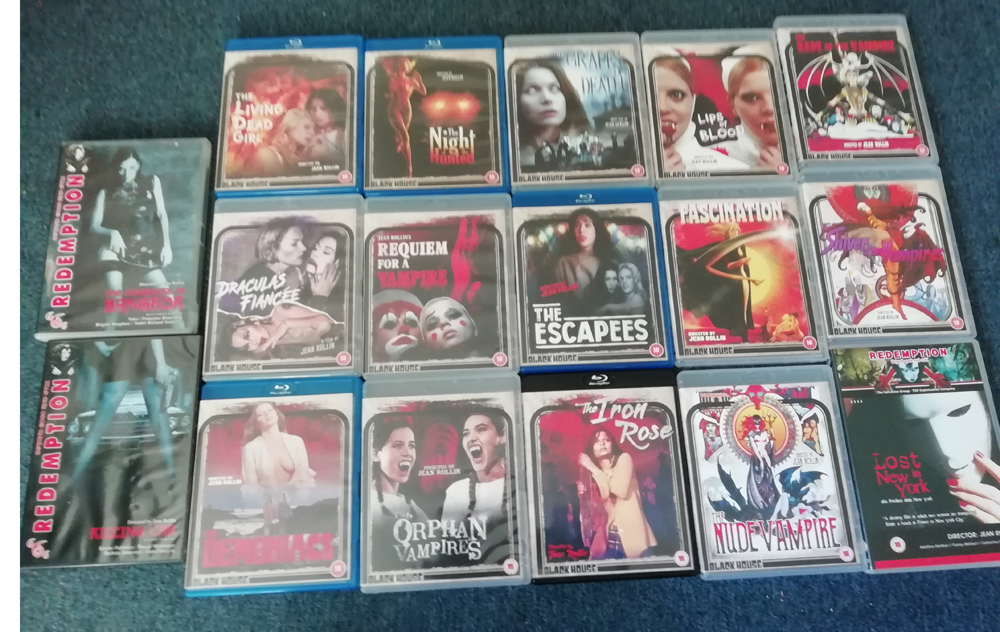
So, to the not so good news, for us collectors. At the moment the documentary (along with many of his films) is available to watch only on the Arrow films streaming site from Feb 14th. If you are subscriber, you are in for a bloody good valentine’s night. If not you will no doubt be hungering for this to get a Blu-Ray release as physical media is always going to be the preferred choice for many of us. Fingers crossed Arrow will go down this route in the future, those last 2 films would be a very nice accompaniment to go with it. That said there is a 30-day free trial if you want to see it, as well as take a crash-course through a collection of his films at the following links.
Pete Woods
https://www.arrow-player.com/jean-rollin-the-fantastique-collection-part-i
https://www.arrow-player.com/jean-rollin-the-fantastique-collection-part-ii
https://www.arrow-player.com/jean-rollin-the-fantastique-collection-part-iii
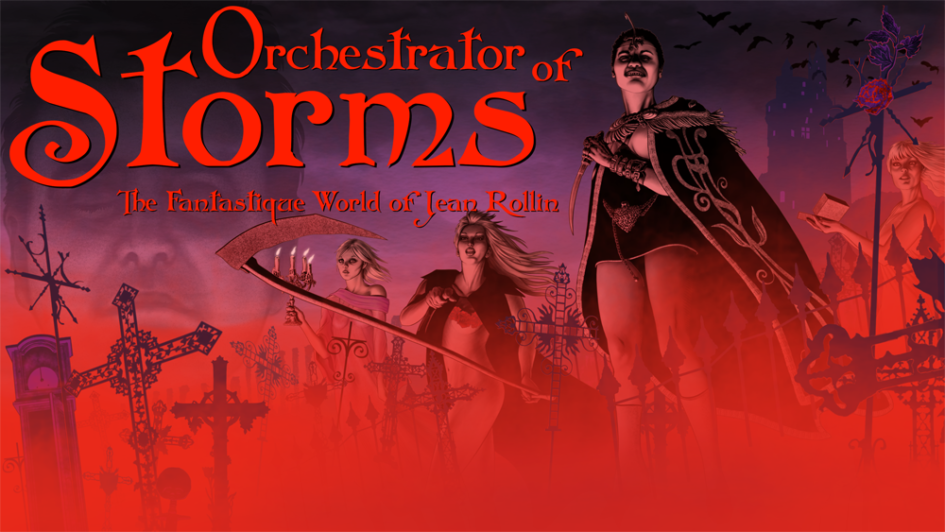
22/01/2024 at 6:20 pm
I’m still hoping this will get a physical release as I don’t do streaming/subscription services. I also blame this review and the esteemed author for the fact I spent just shy of £40 on a couple of Indicator Special Editions today, namely ‘Fascination’ and ‘Lips of Blood’. Well, with a pretty full classic British horror film library, I suppose it’s time to branch out more.
27/01/2024 at 3:49 pm
Much as the Indicator special editions appeal, having already shelled out for most of these on VHS, then DVD, and again on blu-ray cannot justify or afford fourth purchase. Am sure the hopefully better quality image and features make it worth doing so though.